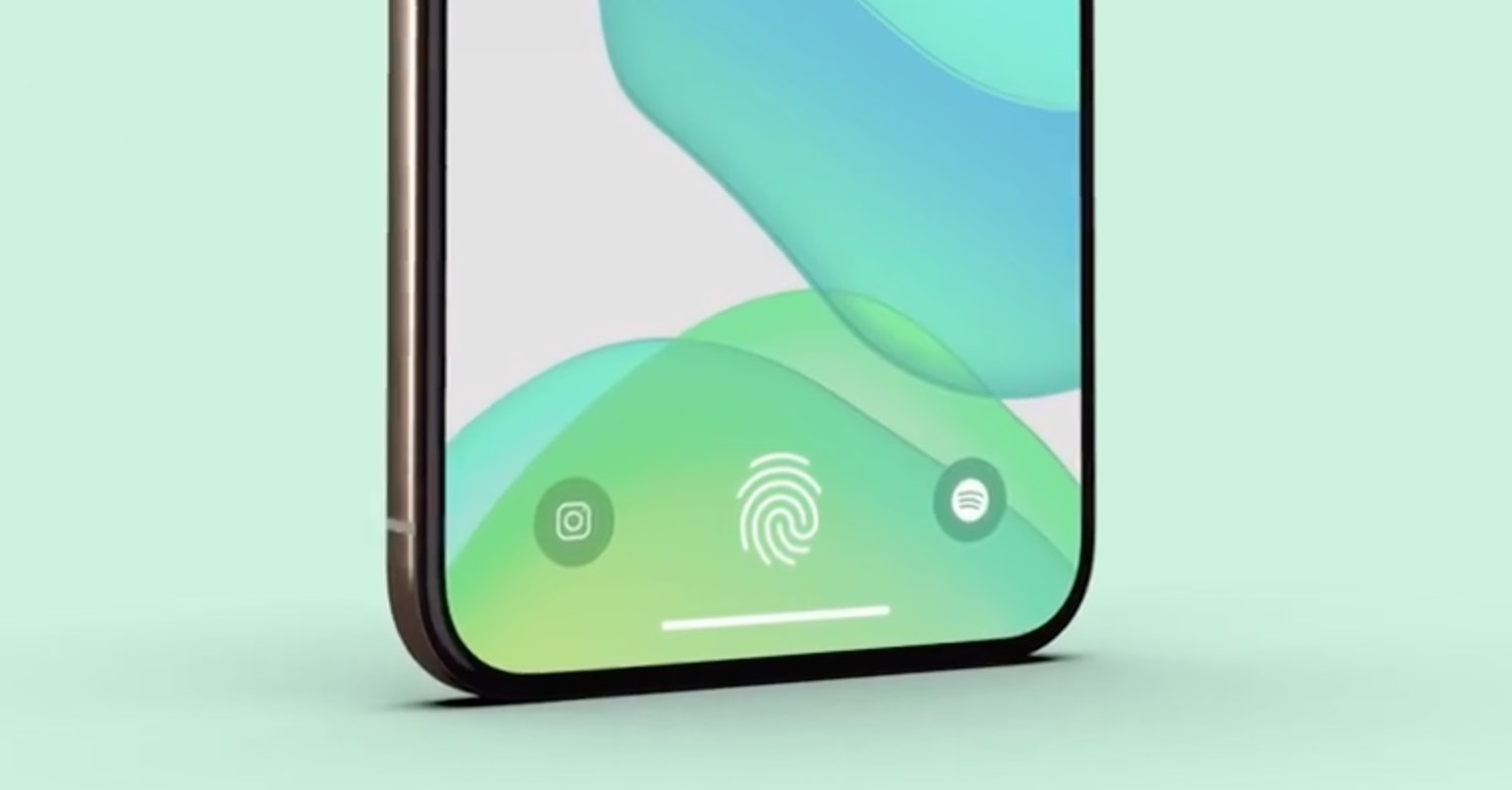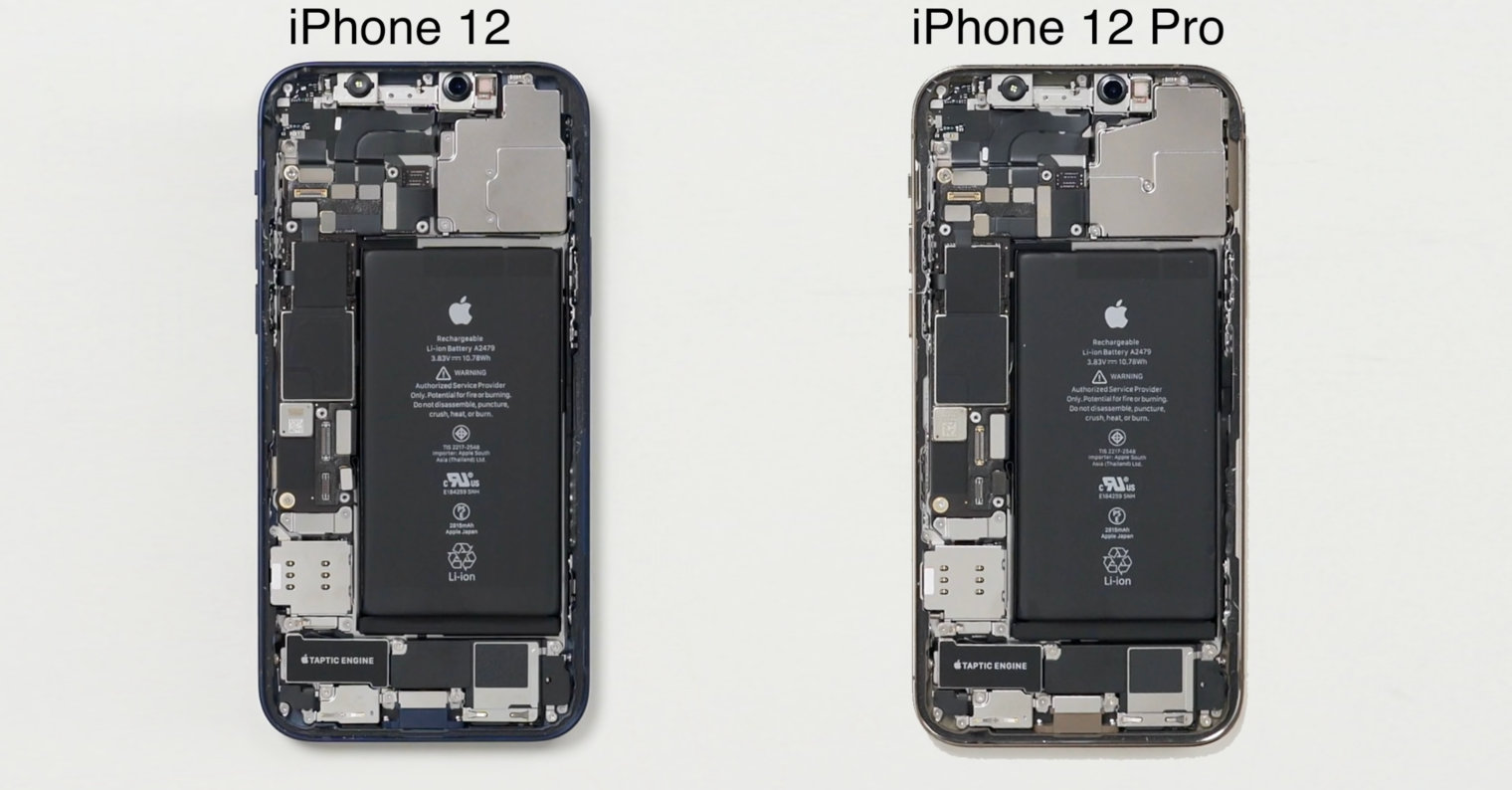If you've been following the events in the Apple world lately, you certainly haven't missed the fact that Apple is trying in every possible way to prevent the use of non-original parts during repairs. It all started a few years ago with the iPhone XS and 11. With the arrival of one of the updates, when the battery was replaced in an unauthorized service, users began to see notifications that they were using a non-original battery, and in addition, the battery condition was not displayed on these devices. Gradually, the same message began to appear even if you replace the display on newer iPhones, and in the latest iOS 14.4 update, the same notification began to appear even after replacing the camera on the iPhone 12.
It could be interest you

If you look at it from Apple's point of view, it might start to make sense. If the iPhone were to be repaired in a non-professional manner, the user may not get the same experience that he could get when using an original part. In the case of the battery, there may be a shorter lifespan or rapid wear, the display has different colors and, in general, the color rendering quality is often not quite ideal. Many individuals think that original parts are nowhere to be found - but the opposite is true and companies can use these parts. In any case, the purchase price is higher, and the average user does not care whether he has a battery from Apple or from some other manufacturer. Now you are probably thinking that you just need to replace the old part with a new original part and the problem is over. But even in this case, you cannot avoid the aforementioned warning.

In addition to the use of non-original parts, Apple also tries to prevent the repairs themselves in unauthorized services. Even if an unauthorized service uses an original part, it will not help anything. In this case, the serial numbers of individual spare parts play a role. You may already be on our magazine they read about the fact that the Touch ID or Face ID module cannot be replaced on Apple phones, for a simple reason. The serial number of the biometric protection module is paired with the phone's motherboard for security. If you replace the module with another one with a different serial number, the device will recognize it and will not allow you to use it in any way. It's exactly the same with batteries, displays and cameras, the only difference being that when replaced, these parts work (for now) but only cause notifications to appear.
But the truth is that while the serial number of Touch ID and Face ID cannot be changed, the battery, display and camera module can. But the problem is that even transferring the serial number from the old part to the new one will not help. There are various tools that can overwrite the serial numbers of individual components, but Apple is also successfully fighting against this. For displays, by transferring the serial number, you ensure the maximum functionality of the True Tone function, which does not work after an amateur replacement of the display. However, not displaying the battery condition will not solve it, so the notification about the use of non-original parts will not disappear either. So how can parts be replaced in such a way that the system does not report them as unverified? There are two ways.
It could be interest you

The first way, which is suitable for 99% of us, is to take the device to an authorized service center. Like it or not, it's really necessary that you take your device there to get the repair done properly and possibly preserve your warranty. The second method is intended for individuals who have extensive experience with micro-soldering. For example, let's take a battery that is managed by a BMS (Battery Management System) chip. This chip is hardwired to the battery and controls how the battery should behave. In addition, it carries certain information and numbers that are paired with the iPhone's logic board. This is why no message is displayed for original batteries. If you move this chip from the original battery to the new one, and it does not matter if it is an original or non-original piece, the notification will not be displayed. This alone is, for now, the only way to replace the battery (and other parts) on an iPhone outside of an authorized service center without getting an annoying notification. You can see the BMS replacement in the video below:

I am afraid that the BMS swapped in this way also carries with it a memory entry of charging cycles. The chip memory still needs to be reset and then the full battery capacity is loaded. Or it doesn't have to?.?
In this case I'm not entirely sure, anyway the battery condition is calculated based on how many % of the original maximum capacity the battery can be charged, not according to charge cycles.
Yes, the original wear value etc is stored in the flex. It must be reset to zero